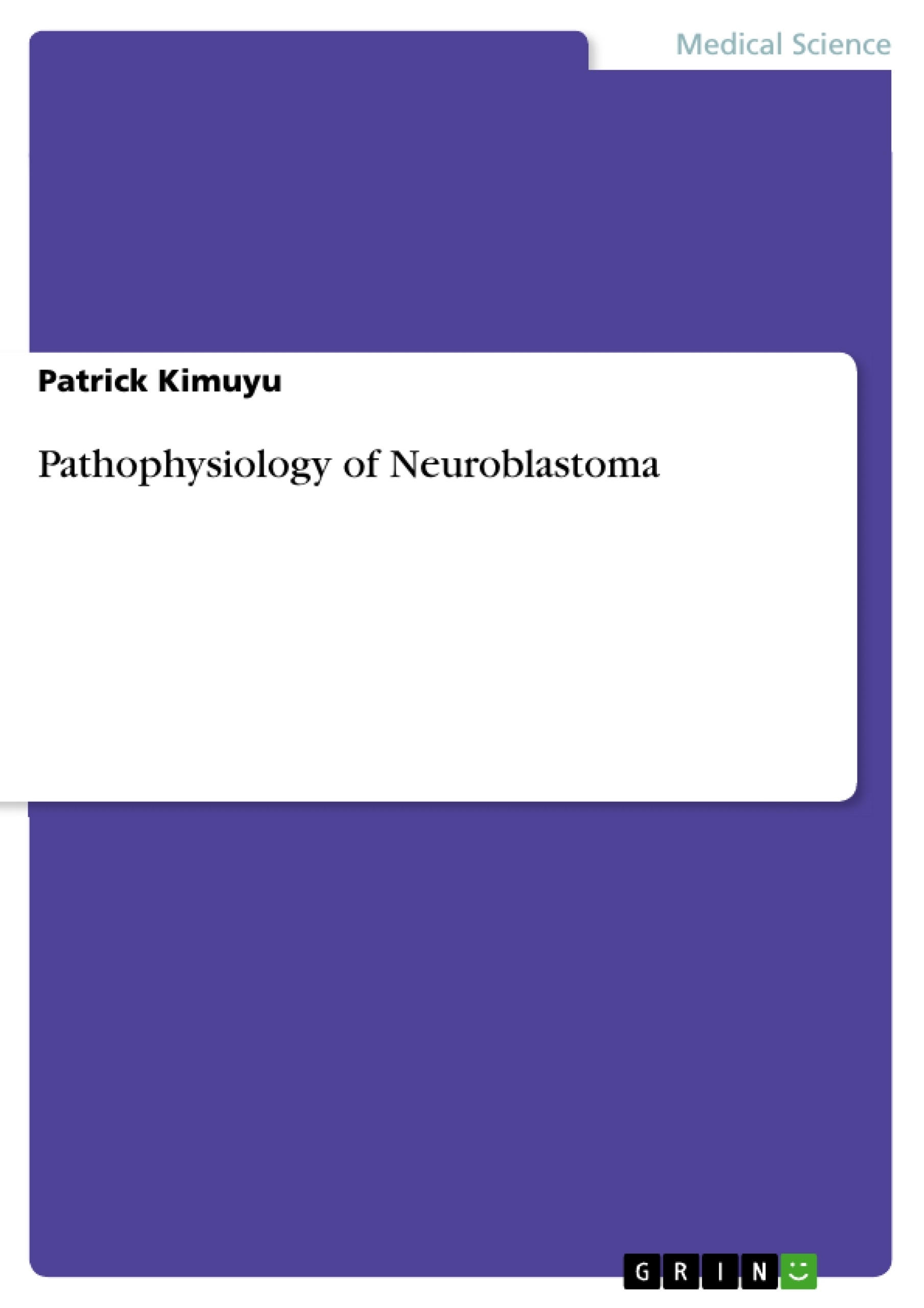Neuroblastoma refers to a malignant cancer disease that affects the nerve tissue in different parts of the body, primarily the nerve tissue of the spinal cord, adrenal glands, chest and neck. However, the disease is believed to begin from the adrenal glands and spread to the other nerve tissues. In most cases, neuroblastoma sets in the early childhood, especially in children below the age of 5 years, and persists into adulthood. In rare occasions, malignant cancer cells form during the fetal development stages of the fetus, long before the child is born, as it has been identified in ultrasound results.
In practice, neuroblastoma presents some difficulties in both management and diagnosis because this cancer spreads rapidly and this explains why diagnosis is usually done when the disease has already metastasized to the bones, lymph nodes, skin and the liver.
Inhaltsverzeichnis (Table of Contents)
- Neuroblastoma
- Signs and Symptoms
- Causes and Risk Factors
- Diagnosis
- Treatment
- New Therapies and Research
Zielsetzung und Themenschwerpunkte (Objectives and Key Themes)
This text provides a comprehensive overview of neuroblastoma, a malignant cancer affecting nerve tissue in children. It delves into the disease's characteristics, causes, diagnosis, treatment, and ongoing research efforts.
- Understanding the nature of neuroblastoma and its impact on children.
- Exploring the signs, symptoms, and risk factors associated with the disease.
- Examining various diagnostic techniques employed for neuroblastoma.
- Analyzing traditional and emerging treatment modalities for neuroblastoma.
- Highlighting current research and clinical trials focused on improving neuroblastoma treatment.
Zusammenfassung der Kapitel (Chapter Summaries)
- Neuroblastoma: This section introduces neuroblastoma, a malignant cancer affecting nerve tissue, primarily in children under the age of five. It highlights its prevalence and potential development during fetal development.
- Signs and Symptoms: This section outlines the common signs and symptoms of neuroblastoma, which often arise due to the tumor's pressure on surrounding tissues. These include lump formation, swollen stomach, paralysis, and other symptoms like petechiae, diarrhea, high blood pressure, and muscle movements.
- Causes and Risk Factors: While the exact cause of neuroblastoma is unknown, this section identifies age and family history as significant risk factors. It discusses the higher incidence rates in younger children and the role of inherited genetic abnormalities.
- Diagnosis: This section describes various diagnostic tests and investigations used to confirm neuroblastoma, including blood tests, biopsies, and bone marrow examinations. It highlights the importance of nuclear medicine scans in identifying the tumor's location and the role of VMA and HVA tests in monitoring treatment progress.
- Treatment: This section examines the various treatment modalities for neuroblastoma, including surgery, radiotherapy, and chemotherapy. It emphasizes the importance of treatment options based on the tumor's size, location, and the child's age.
Schlüsselwörter (Keywords)
Neuroblastoma, nerve tissue, childhood cancer, adrenal glands, signs and symptoms, risk factors, diagnosis, treatment, chemotherapy, radiotherapy, surgery, stem cell therapy, monoclonal antibody treatment, research, clinical trials.
- Quote paper
- Patrick Kimuyu (Author), 2018, Pathophysiology of Neuroblastoma, Munich, GRIN Verlag, https://www.grin.com/document/388315




